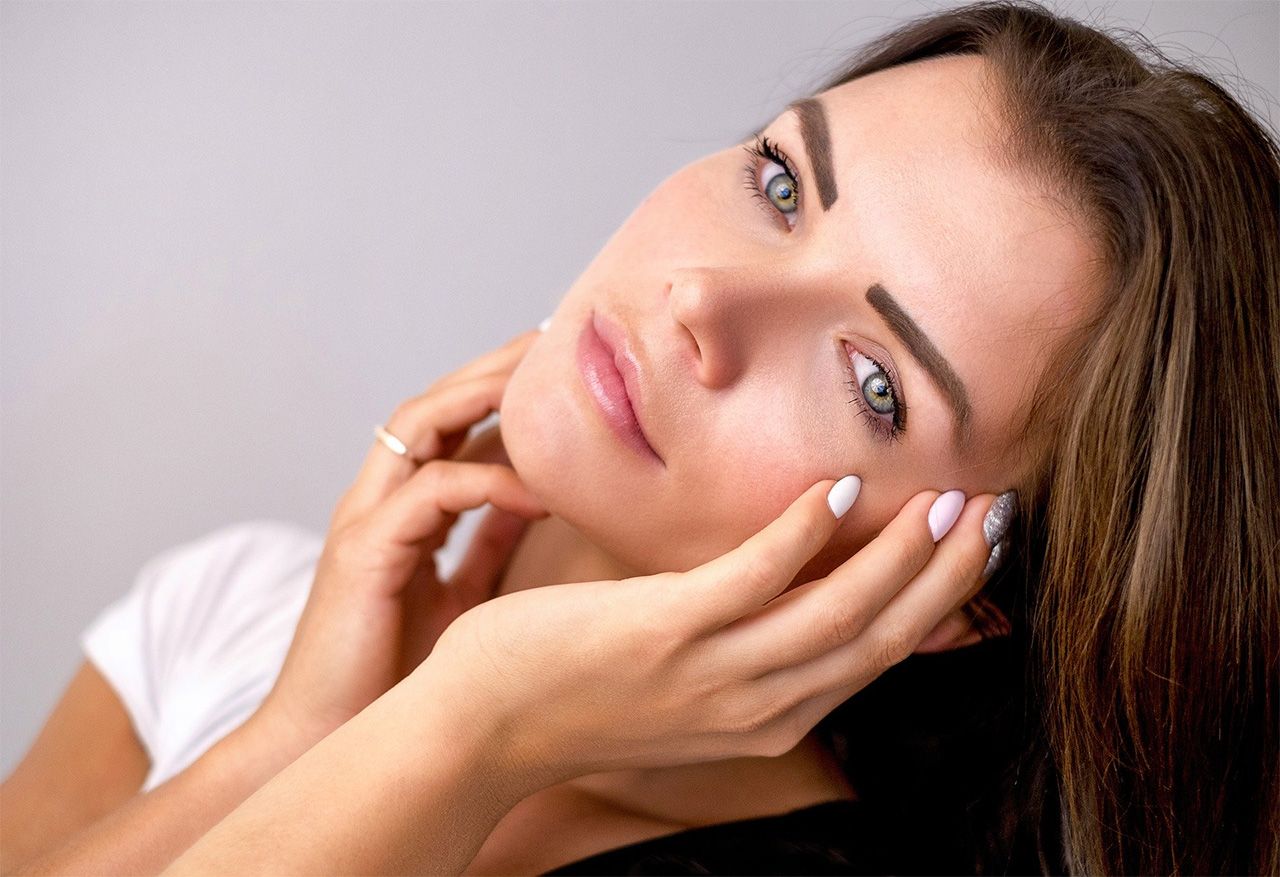When Sweating Becomes a Burden
Sweating at the wrong moment – few people are unfamiliar with the situation when a sudden outbreak of sweat is out of place and becomes clearly noticeable to others both visually and olfactorily. Sweating is a natural reaction of the human body during exertion, heat or illness. However, some women and men experience regular heavy sweat outbreaks even in situations that provide no reason for them: not only the armpits, but also the forehead and scalp, the palms and soles of the feet are affected and become drenched with sweat; this is referred to as focal hyperhidrosis.
A suddenly occurring hyperhidrosis can unsettle those affected because they fear that the increased sweating is visible or noticeable to their surroundings – for example through stains on clothing or unpleasant odors. This often happens at moments when there is no immediate opportunity to conceal the sweat outbreak and ordinary deodorants are no longer sufficient. Night sweats can also impair well‑being and disturb restful sleep.
Persistent heavy sweating can become a significant psychological burden in partnerships, at work and in social environments and may cause affected people to withdraw. The resulting reduction in perceived quality of life is often substantial. Targeted measures can, however, help to alleviate symptoms – especially when no clear cause can be identified.
Surgical removal of sweat glands not only represents a larger intervention but can also entail certain complications. Topical treatment of the affected skin areas with aluminum chloride–containing substances also has disadvantages: on the one hand, these must be used regularly to produce an effective result; on the other hand, sensitive skin often reacts with itching and irritation to frequent application, and excessive application can discolor clothing. Many affected people sweat particularly heavily in the face. Treatment with an aluminum chloride cream is therefore often not feasible in this area due to the size of the affected surface and the generally higher sensitivity of facial skin.
Treatment of Hyperhidrosis with Botox
Treatment of the skin areas affected by focal hyperhidrosis with Botox at PraxisClinic Jadore represents a non‑surgical and at the same time skin‑sparing alternative. With targeted Botox injections to the affected sites, Dr. Christoph Jethon helps people who suffer from hyperhidrosis of the face, as well as other body regions and the associated strong sweat odor, to achieve a significant reduction of sweating in those skin areas. The Botox treatment for excessive sweating can therefore be performed successfully not only in the armpits but also on all other hyperhidrosis‑affected areas such as the palms, soles or on the head and face.
How Does Botox Work for Hyperhidrosis?
Botox has long been used successfully to smooth wrinkles by injecting it into certain facial muscles responsible for wrinkle formation. The Botox used for this purpose is a natural toxin. It contains an active ingredient that inhibits the transmission of nerve signals to a muscle and thereby reduces its activity. The same neurotransmitter that normally stimulates the facial muscles also activates the sweat glands. Through targeted injections of Botox, Dr. Christoph Jethon blocks the signal transmission and thereby reduces the secretion of the sweat glands in a specific area to treat hyperhidrosis. The side effect observed with facial Botox tightening — that the skin of the treated region is drier — is thus intentionally used here.
Depending on the dosage of Botox, sweat production is thereby reduced or completely blocked. Because only a small region of the body is treated with the injections, normal sweating is not restricted. Nerve functions such as feeling or tactile sensation through the skin are also not affected.
Botox Treatment of Hyperhidrosis at PraxisClinic Jadore
Before starting Botox treatment for hyperhidrosis at PraxisClinic Jadore, you should first clarify with your primary care physician whether there are possible disease‑related causes for the excessive sweating that need to be considered for Botox therapy. Afterwards Dr. Christoph Jethon will determine with you which areas of your body are specifically affected by hyperhidrosis and will explain the measures he recommends to best alleviate the heavy sweating in these areas. In doing so, Dr. Jethon discusses the course of the Botox treatment with you and informs you about possible risks as well as what results you can expect.
Dr. Christoph Jethon has extensive expertise in treating hyperhidrosis with Botox – particularly in such a sensitive area as the face – and by using the correct dosage and skilled, precise injection technique he produces exactly the intended effect on the sweat glands.
The treatment of a focal hyperhidrosis at PraxisClinic Jadore is performed on an outpatient basis and lasts about 30 minutes depending on the diagnosed findings. For preparation Dr. Jethon precisely marks the area to be treated, because the Botox is injected into the skin there at intervals of one centimeter to achieve the most uniform effect possible. If your hyperhidrosis treatment also includes the armpit area, you should shave it if necessary to facilitate marking the injections.
Depending on the location of the areas to be treated on the body, you will receive a local anesthetic beforehand or a cooling/anesthetizing ointment. Afterwards Dr. Christoph Jethon injects the Botox in small, even intervals into the marked skin area.
How Quickly Does the Botox Treatment Work for Hyperhidrosis?
In many cases a single simple Botox injection is sufficient to significantly reduce sweat production. Usually, repeated regular applications with Botox can even completely suppress heavy sweating. However, the sweat‑reducing effect does not appear immediately after treatment; it typically takes between 2 and 7 days for sweating to noticeably decrease. Over time you can experience the positive effect of the Botox treatment on hyperhidrosis particularly in situations where the feared sweat outbreak does not occur, which can contribute to noticeably increased well‑being and improved quality of life.
How Long Does the Effect of a Botox Treatment Last?
The effect of Botox injections on sweat production also depends on the respective location, but typically lasts between 4 and 6 months before it subsides. However, the effect lasts longer with repeated treatments.
What Are the Risks of Botox Therapy?
Botox therapy is generally well tolerated. With correct administration, as provided at PraxisClinic Jadore, no long‑term side effects from Botox are known. In addition, the precisely tailored anesthesia and the accurate injection technique of Dr. Christoph Jethon ensure that the treatment proceeds as gently as possible. In many cases of hyperhidrosis, this can obviate the need for surgery. Occasionally bruising may occur, but these are harmless and fade after some time.
Checklist for Hyperhidrosis Therapy with Botox
- Duration of the procedure: 30 – 60 minutes, outpatient
- Anesthesia: local anesthesia
- Repeat: after 4 – 6 months
What Should You Consider Before Botox Treatment for Hyperhidrosis?
Dr. Christoph Jethon advises against undergoing Botox therapy during pregnancy as well as during breastfeeding. The intake of any medications that increase bleeding tendency, for example aspirin, or those that contain acetylsalicylic acid, should ideally be discontinued about 2 weeks before the planned appointment at PraxisClinic Jadore; this also includes common sleeping pills as well as vitamin E, ginkgo or garlic. These can increase the risk of bruising at the injection sites. Medications prescribed by your primary care physician that are medically necessary should of course continue to be taken; please inform Dr. Jethon about them.
Checklist for Preparation for the Botox Treatment:
- Avoid medications with blood‑thinning effects as well as sleeping pills and products containing vitamin E, ginkgo and garlic
- Do not schedule therapy during pregnancy or while breastfeeding
- Shave armpits if applicable
What Should You Consider After the Botox Treatment?
You can leave PraxisClinic Jadore immediately after the Botox injections. In the following hours you should avoid rubbing or massaging the treated areas. You should also refrain from sports or strenuous activities, visiting a sauna or intense sun exposure on the day of treatment.
Checklist After Hyperhidrosis Therapy with Botox
- Do not rub or massage treated areas
- Avoid strong sun exposure
- Fit for work: immediately
- Socially presentable: immediately
- Sports, sauna: after 1 day
Treatment of Teeth Grinding with Botox
In addition to treating hyperhidrosis with Botox injections, Dr. Christoph Jethon also offers non‑surgical treatment of bruxism with Botox at PraxisClinic Jadore.
How Much Does a Hyperhidrosis Treatment Cost?
As a rule, only approximate costs can be given for non‑surgical procedures, since the price is determined individually according to the effort and duration of the treatment.
An overview of our treatment prices can be found on our price list.


